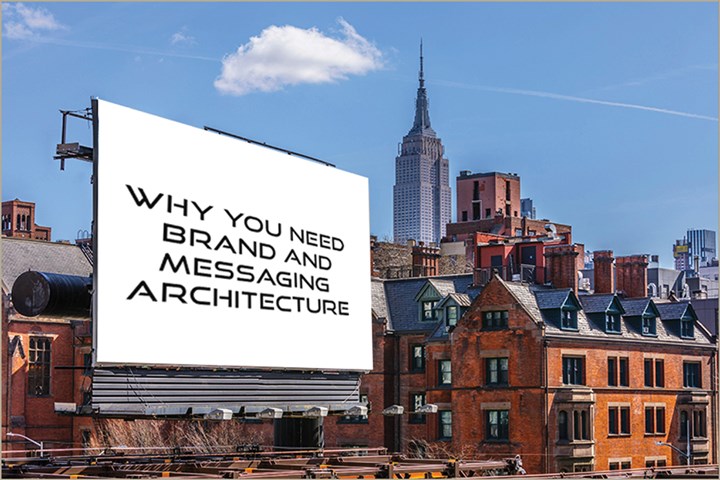Why You Need Brand and Messaging Architecture
Before you can develop the best method of distributing a message, you have to have the right message. And before you can have the right message, you have to have the right messaging structure – a structure that leverages every possible efficiency and gives individual brand assets and the overall brand the best possible chance for success.
#brandbuilding

Once a solid brand positioning+messaging architecture is developed, it functions not only as a strategic platform to focus and direct marketing assets, but also as a key creative guide, translating messaging strategy into tangible and relevant stories. Overarching Story Platforms work to articulate those individual stories. Read more
RELATED CONTENT
-
The QSP Trap and How Manufacturers Can Achieve Effective Brand Differentiation
Is your brand victim to the most common brand positioning trap that captures manufacturers? Find out and learn how to achieve effective brand differentiation in the process.
-
Securing Career at Gardner Business Media—A Dream Come True
Eduardo Tovar, Editor-in-Chief, Modern Machine Shop Mexico discusses his dream come true of securing a job at Gardner Business Media. After hard work visiting associations, suppliers and key contacts in Mexico, a good readership was built and three key employees in sales, marketing and audience development were hired. Today, the team has 18 employees and Modern Machine Shop Mexico is the top magazine in Mexico in the metalworking and manufacturing sector.
-
B2B Research: A Powerful Marketing Tool
The Gardner Business Media Industrial Buying Influence 2020 study findings can be used as a powerful marketing tool. The study provides demographic and psychographic details that help you better understand customers and prospects. We know knowledge is power and knowing how B2B industrial buying dynamics are changing is a key to successfully empowering your marketing.

